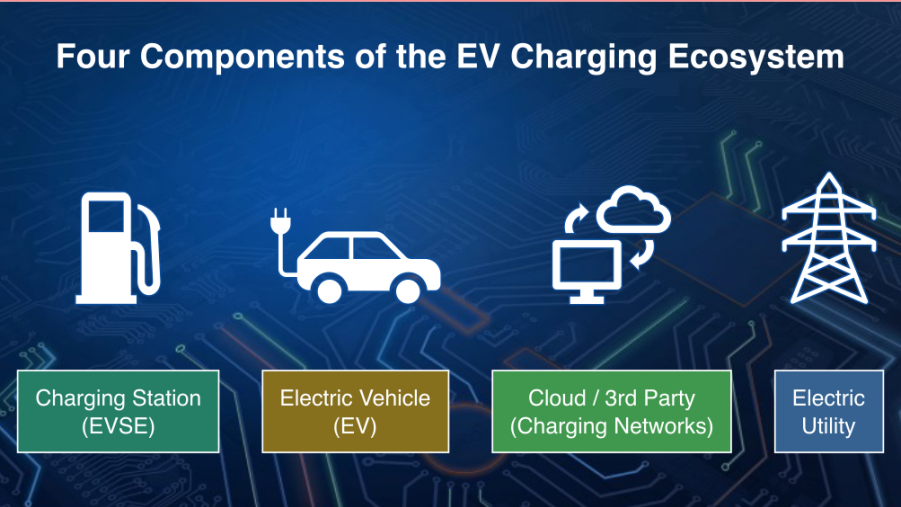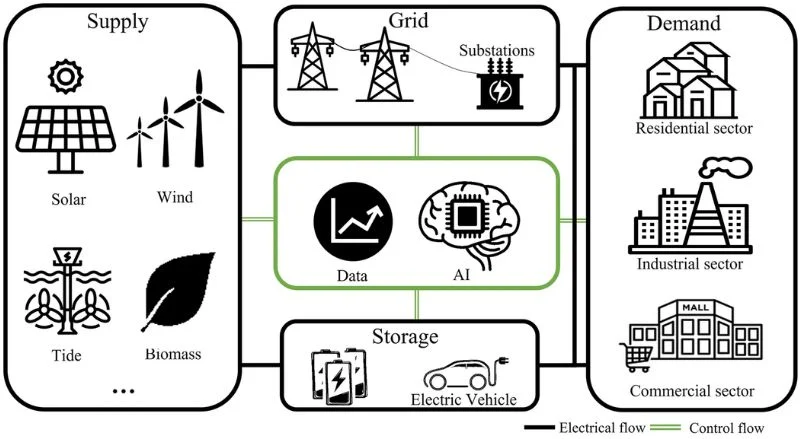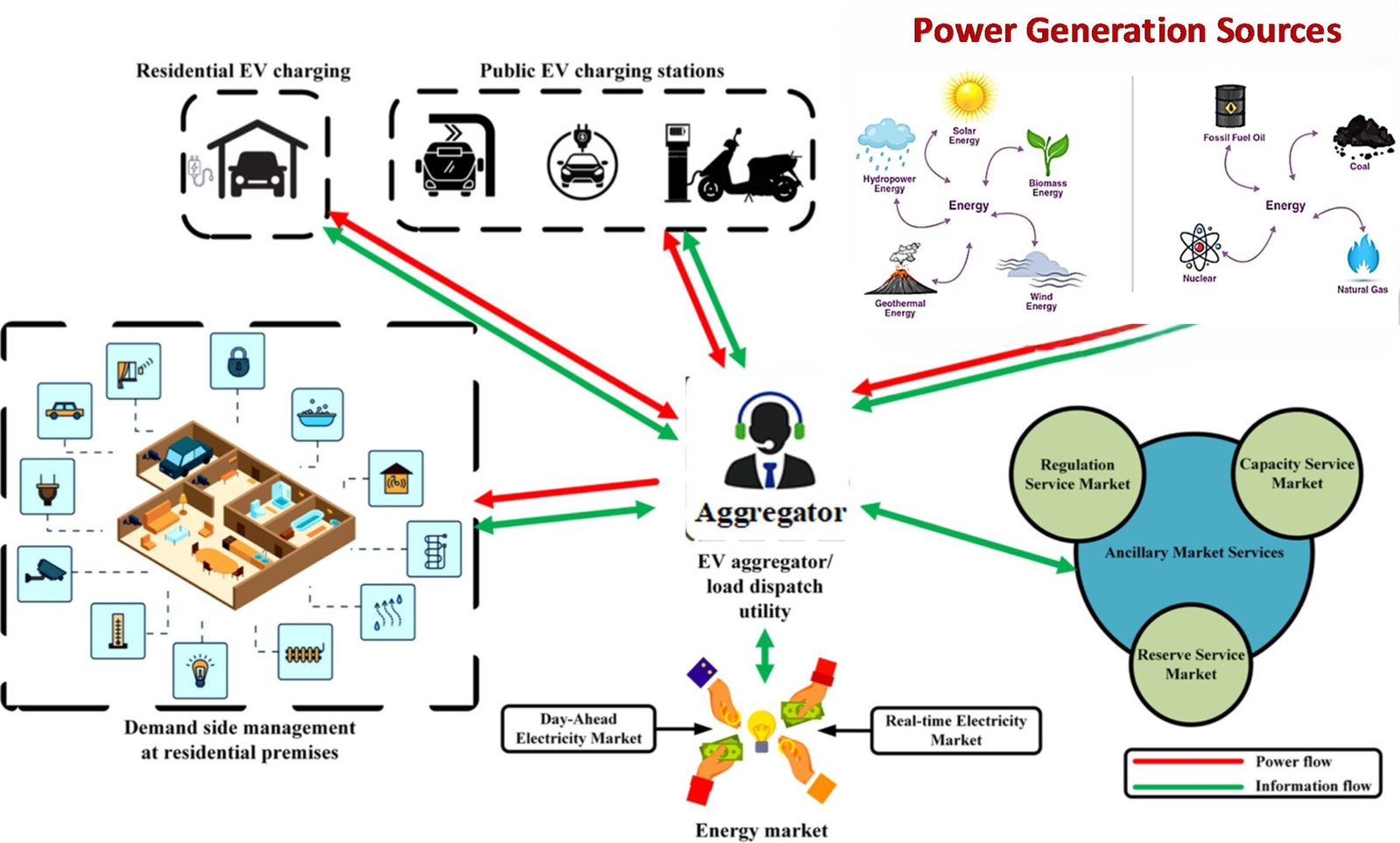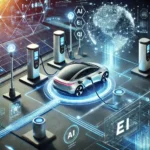From Reactive to Predictive
Traditional EV charging is reactive — you plug in when you need it. But predictive charging flips the model: using data and algorithms to anticipate needs, smooth demand, and support the power grid.
As EV adoption surges, predictive charging is emerging as a critical tool to prevent grid overload and stabilize clean energy use.

What is Predictive Charging?
Predictive charging uses:
- Real-time usage patterns
- Vehicle telematics
- Weather and energy market forecasts
- Grid demand signals
to determine when, where, and how much to charge — automatically.
It’s the brain behind smart charging.
How It Works
- Data collection (driver habits, vehicle battery level, weather forecasts)
- AI modeling to predict charging windows and grid impact
- Dynamic scheduling across vehicles and buildings
- Optional V2G to discharge power during grid peaks

Benefits for the Grid and the Driver
| Benefit | How Predictive Charging Helps |
|---|---|
| Grid stability | Shifts load away from peak hours |
| Cleaner energy usage | Aligns charging with solar/wind availability |
| Lower electricity cost | Maximizes off-peak or surplus energy |
| Demand forecasting | Helps utilities plan supply more accurately |
Real-World Applications
- Smart cities: Integrating predictive charging into municipal fleets and public infrastructure
- Home energy systems: Tesla, Enphase, and others using predictive software to sync solar + EV
- Utility-managed pilot programs: PG&E, Southern Company using AI models to smooth statewide EV load
🔁 Predictive vs Smart Charging
| Feature | Smart Charging | Predictive Charging |
|---|---|---|
| Based on real-time? | Yes | Yes |
| Uses forecasts? | No | ✅ Yes |
| Machine learning? | Basic load balancing | Full behavioral modeling |
| Grid coordination? | Partial | Full demand forecasting |
FAQ
Q: Is this only for utilities?
No — home users and small businesses can use predictive tools with compatible chargers and energy platforms.
Q: Will it slow down my charging?
No — it simply shifts charging to optimal windows, not slower ones.
Q: Can this help the environment?
Absolutely. By reducing peak demand, it helps avoid fossil-fuel-based backup plants.

Final Thoughts
Predictive charging is about charging smarter — not faster. As energy systems evolve, this technology will be essential for reducing grid stress and powering the EV revolution responsibly.
Explore more:
- AI-Driven Charging: The Future of EV Fleet Management
- What Is Smart Grid EV Charging?
- How Energy Companies Are Shaping EV Infrastructure
Subscribe to VoltDriveHub for expert takes on data-driven charging and energy tech.




